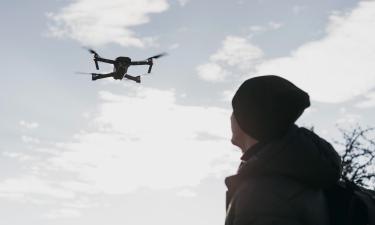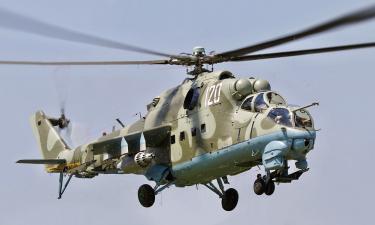Wild birds only partly to blame for spreading bird flu
Wild birds carry only part of the blame for spreading the deadly strain of bird flu, and experts said Tuesday that they should not be killed but rather studied to understand how the virus spreads. Scientists at an international conference on bird flu in Rome urged countries to refrain from mass killings of birds, saying that only further research can reveal whether the highly infectious H5N1 bird flu strain will become endemic in wild birds, causing periodic outbreaks across the globe for years to come. "The message is: Don't blame only the wild birds," Joseph Domenech, head of the Animal Health Service at the U.N. Food and Agriculture Organization, said on the sidelines of the two-day conference at the Rome-based agency.
"We don't know if wild birds can become long-term reservoirs of the virus," he said. "We are not supporting actions on wild birds, such as killings. If wild birds have a role, the only answer is to monitor them." The conference gathered more than 300 scientists and animal experts from 100 countries to discuss the role of wild birds and other questions in hopes of finding ways to control the spread of the disease and to prepare in case it mutates into a virus that could threaten a human pandemic. The conference is organized by the FAO and the Paris-based World Organization for Animal Health.
Robert Webster, a bird flu expert at St. Jude Children's Research Hospital in Memphis , Tennessee , pointed to key questions scientists will have to answer in coming years: "Is the virus established in migratory birds? Will it go to the breeding grounds and perpetuate itself?" Other outbreaks of the H5 subtype have proven highly infectious for poultry but have died down when passed back into the wild bird population, Webster said.
"If (this virus) breaks that rule we are in very big trouble," he said. Evidence on the role of wild birds is not always conclusive in the areas where H5N1 has appeared. Migratory birds introduced the disease in Russia and Eastern Europe , but in the case of recent outbreaks in Africa there is scarce evidence pointing to wild birds.
The virus has ravaged poultry flocks in Asia , Europe and Africa since 2003 and experts have pointed to the poultry trade as the area where the disease is easiest to manage. "Wild birds can introduce the virus to an area, but disease spread is usually due to human actions," such as poor hygiene in poultry farms and bad surveillance of poultry trade, said Juan Lubroth, a senior officer for animal health at the FAO. "We don't need prime ministers to come out and say: 'We'll cut off the tops of trees or drain the wetlands."'
Lubroth said experts were still puzzling over which wild bird species were more susceptible to the virus, and how long they could keep flying and spreading the virus once they were infected. "Dead birds don't fly," he said. Webster, the U.S. expert, said that if indeed the virus becomes endemic in wild birds, understanding which species are affected will serve as an early warning system for future outbreaks, since their migratory routes and periods of are well known. The H5N1 virus has killed at least 127 people worldwide, with most victims infected through direct contact with sick birds. Experts fear, however, that the deadly virus could mutate into a form that passes easily between humans, possibly sparking a global pandemic. Understanding how the virus strain spreads is a key factor in fighting the disease, reports the AP.
N.U.
Subscribe to Pravda.Ru Telegram channel, Facebook, RSS!





